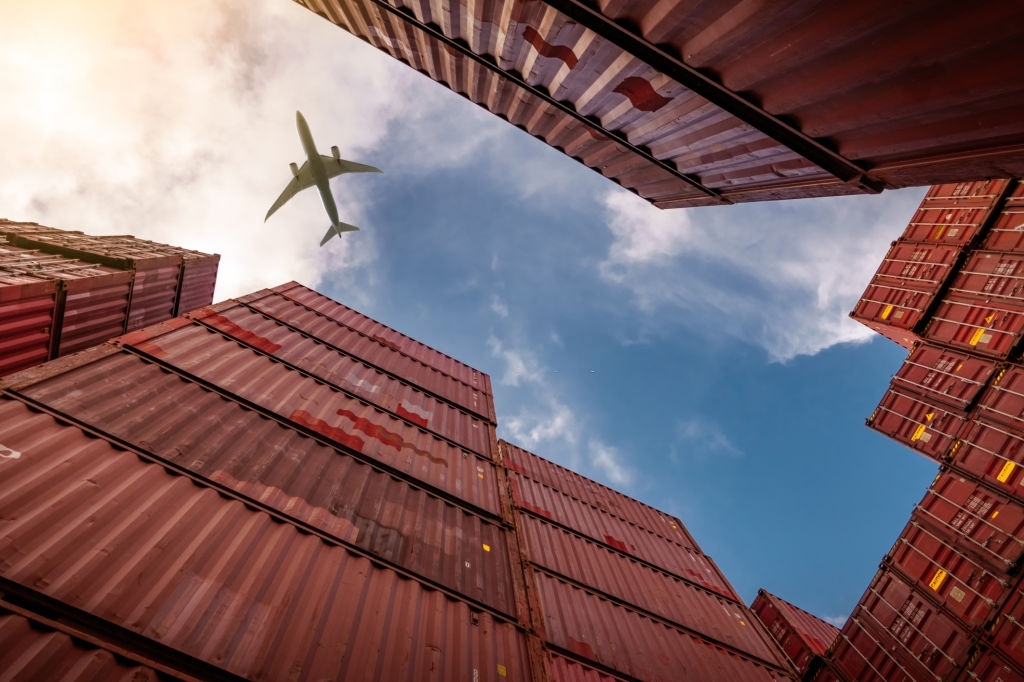Ahead of the global panic of early 2021, Asia’s supply chains and manufacturers are already under the typical duress of a more familiar challenge: Chinese New Year. During this holiday, factories are shut down for weeks at a time, production schedules are rushed and demand increases to cover constant forecasts to ensure orders are shipped and delivered on time.
Last year’s Chinese New Year preparations coincided with disturbing news of a new coronavirus. Customers frantically pressured factories to increase shipments, unsure of how the supply chain would be affected. Factories struggled to keep up with the increased demand, and customers were stretched thin, with cash flow suffering due to typical Chinese financial conditions and expanded inventory.
In the months that followed, quarantine and homeland security directives changed consumer preferences, resulting in a significant increase in ISO 9001 audit& global demand for personal protective equipment. This now includes “quarantine” categories of consumer goods such as
- Home improvement; lawn and garden
- Fitness equipment
- DIY and crafts
- Outdoor and recreational products
- Automotive (non-automotive) RVs, golf carts, SUVs
- Culinary products
- Automotive aftermarket
Shipping container shortage
A sudden wave of demand from freight companies swept away by a flood of orders has triggered a global shortage of shipping containers. As pressure on containers continued to outpace supply, freight companies were forced to play hardball.
As a result of this situation, shipping rates skyrocketed. As per Freightos Baltic Index, a trusted indicator of global freight rates, the average rate for a container from China subcontinent to the west coast of North America has risen sharply in recent months. A 40-foot container, which used to average $3,000, can now cost $5,000 or even close to $10,000.
Non-Covid-related events, like the recent blockage of the Suez Canal, have further exacerbated the shortage of shipping capacity. One of the world’s largest cargo ships accidentally ran aground on the canal’s shore, rendering the vital shipping waterway impassable for six days in late March. The channel also connects the Mediterranean Sea to the Indian Ocean and is an important route connecting Asian factories to European customers. As such, it is an important route for international trade. Shipping analysts estimate that nearly $10 billion in trade was disrupted daily during the impasse. The impact of these delays is severe on a global scale, as industries using other international routes are forced to wait longer for containers.
Many analysts and supply chain experts expect the container market to return to normal in the second half of 2021, despite the Suez Canal crisis and other global contingencies that could prolong high freight rates.
Key supply chain challenges and strategies for 2021
The events of the past year have demonstrated the vulnerability of the global supply chain, revealing new vulnerabilities and weaknesses. The primary concern for supply chain decision-makers is to improve resilience to mitigate risks, manage costs and prepare for the future. This requires new analytical methods, software, and centralized forecasting models.
Focus on forecasting and communication with suppliers
Whether domestic or international, there are several key benefits to creating additional, more detailed forecasts each fiscal year and communicating those forecasts to contracted manufacturers.
- Give suppliers visibility of demand.
- Allows suppliers to plan their capacity and supply of materials at a better cost
- Strengthen relationships with overseas partners. Suppliers who recognize the potential for volume growth will be more appreciative of the partnership.
As travel restrictions begin to be lifted, it will again be possible for local Asians to visit Asian suppliers to discuss forecasts and production. Online tools, such as Smartsheets facilitate real-time communication with your overseas production partners.
It’s essential to create a “dashboard” that lists purchase orders, projected completions, and shipment dates, with red flags for potential problems. Due to travel restrictions between the US and Europe, it is highly recommended that you consider hiring an inspection company in China.
Diversify your supplier network
Implementing a strategy to diversify your supplier network can help mitigate the risk of over-reliance on a single manufacturing location, such as China. Southeast Asia offers alternatives to manufacturing in China, and each country has its unique advantages and benefits. Diversifying your manufacturing base and increasing your choice of suppliers can lead to significant benefits. By acquiring new suppliers, you can improve your price influence and bargaining power.
Having a backup factory can reduce the need for costly air transport. Finally, becoming familiar with different destinations can have a learning effect for critical employees, allowing them to become more comfortable with new locations, skill sets, and operational nuances. Diversification will be essential for 2021 and beyond.

